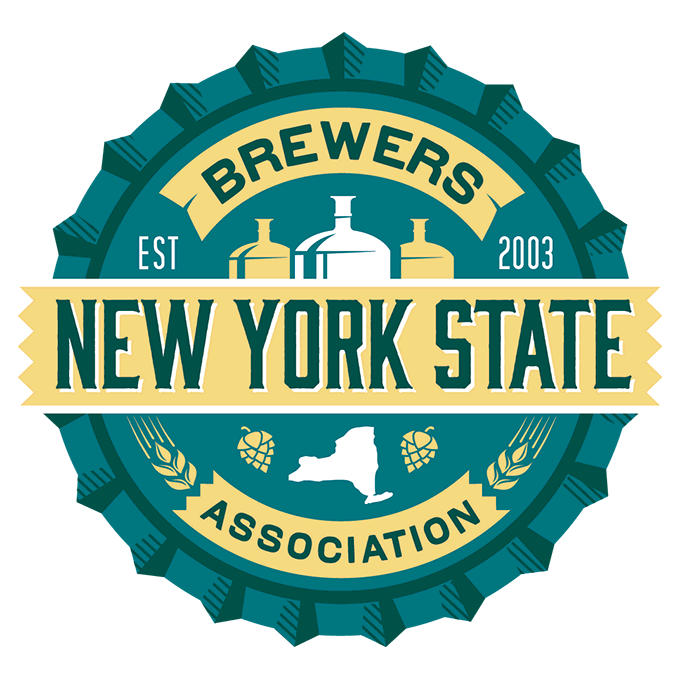
In my last blog post, The Importance of Trademark Registration for Breweries, I discussed the importance and benefits of obtaining federal trademark registrations for your brewery and important individual beer names. Now, we are going to talk about how a brewer should go about choosing, searching, and clearing brewery/beer names.
First, a little background: there are several grounds upon which an application for a federal trademark can be rejected, and I will discuss a couple of them here. One important ground is known as mere descriptiveness. One is not permitted to register a trademark for a term or phrase that merely describes the claimed goods or services. For example, a trademark application for HOPPY BEER for beer in International Class 032 would be rejected as merely descriptive because it merely describes a characteristic of beer. Another ground for rejection is called geographic descriptiveness. For example, an application for NEW YORK BREWERY for beer in International Class 032 would be rejected as geographically descriptive. A third ground for rejection occurs when the beer or brewery name is primarily a surname. For example, an application for JONES BREWERY would be rejected as comprising primarily a surname. There is an exception that allows for registration of descriptive marks, but that is a topic for another post. So what is the takeaway? When naming your brewery and beers, it is a good idea to use terms that are not merely descriptive of beer, geographically descriptive, or primarily a surname.
Another major type of rejection is called likelihood of confusion. A trademark application may be rejected if the applied-for mark so resembles a registered mark as to be likely when used in connection with the claimed goods so as to cause confusion with regard to the source of the product in question. In simpler terms, an application may be rejected if your mark is too close to another registered or previously applied for mark when taking into account a number of other factors including how similar the goods or services are. There are many factors that can considered in this likelihood of confusion analysis, but two of the more important ones are the relatedness of the marks and the relatedness of the goods and services.
What is a good strategy to avoid this type of rejection? Conduct proper trademark searching prior to choosing any brewery or beer names. The first step in the process should be visiting the United States Patent & Trademark Office website http://www.uspto.gov/trademarks/index.jsp, and then clicking on “TESS search trademarks.” From there, you can run different types of searches with variables such as trademark name, goods and services, International Classification of goods and services, etc. To search by trademark name, you can select the “Basic Word Mark Search (New User)” option. Searching for a trademark, however, isn’t as simple as just typing in the trademark and clicking Submit Query. For example, if you want to make a Red Street IPA, simply searching RED STREET IPA or even RED STREET and looking for registered marks claiming beer often won’t be enough. For example, REDD STREET, RED ROAD, and RAD STREET for beer could all pose problems. A thorough clearance will most often consist of multiple searches with different variables and phonetic variations. Further, it has been found on several occasions that wine and spirits are similar enough to beer to invoke likelihood of confusion issues. Accordingly, your search may need to include all types of alcoholic beverages in International Classes 32 and 33 and even beverages generally, and sometimes even restaurant/bar services in International Class 43.
Even if the federal trademark search comes back clear, it is a good idea to perform searches with different variables for common law uses of the trademark as well. This is the use of a trademark in commerce. That can mean Google, Beeradvocate, and RateBeer searches for breweries and beers with similar names. The reason for this is that even if you are able to register a trademark, if there is a senior user of the mark (even if unregistered), that party may have superior rights to the trademark in the area where they used the mark prior to your registration, depending on several factors. Thus, while proper trademark searches can be complicated, they are a good idea and should be contemplated whenever a new brewery or beer is being named.
Please see www.trademarkyourbeer.com for more information about brewery trademarks. This blog is intended to provide general information on a wide range of issues, including legal issues, affecting the brewing industry. It is not intended to provide specific legal advice and no legal advice is given. You understand that merely using this blog does not create an attorney client relationship between you and any attorney at Harris Beach PLLC or Brendan Palfreyman. The blog should not be used as a substitute for competent legal advice from a licensed professional attorney in your state. This blog is intended to provide general information on a wide range of issues, including legal issues, affecting the brewing industry. It is not intended to provide specific legal advice and no legal advice is given.